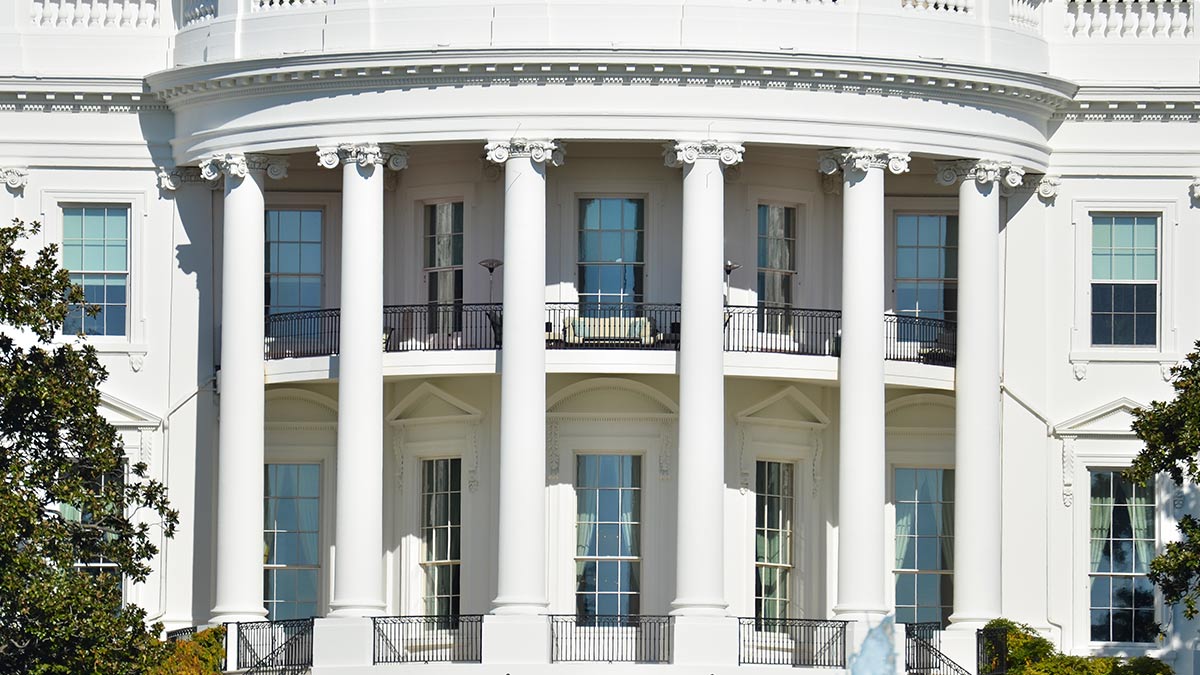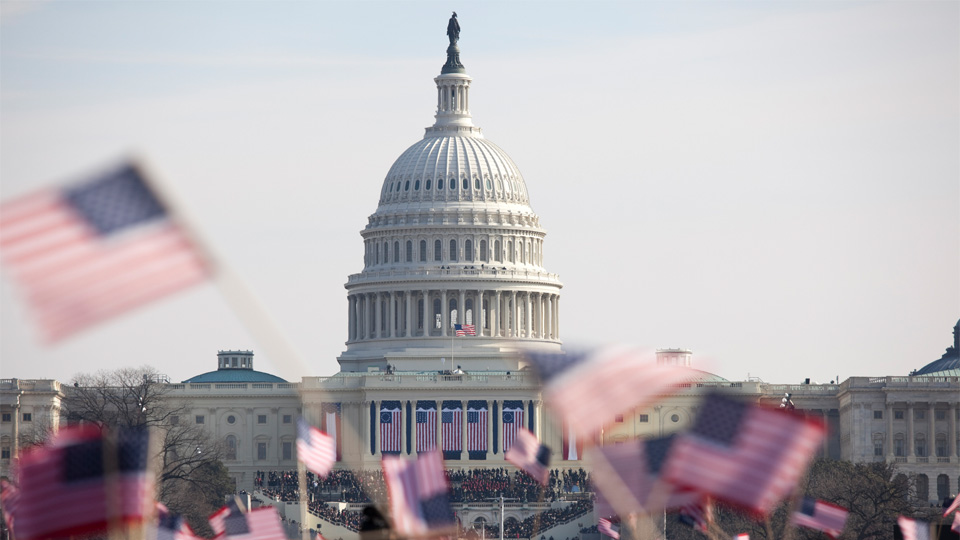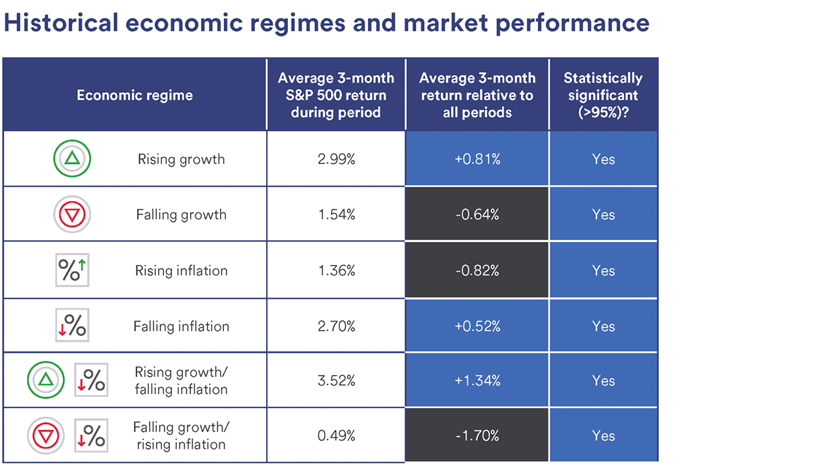How issues might play out
Tax policy is one issue beginning to take shape. The most visible discussion centers on what happens to provisions of the Tax Cut & Jobs Act (TCJA), most of which are set to expire at the end of 2025. When passed in 2017, the package represented the most prominent domestic policy initiative of the Trump administration. If the provisions are extended, keeping tax rates lower, as former President Trump proposes, it creates new federal budget deficit concerns from the resulting tax collection reduction. To this point, the Trump campaign hasn’t specified how to address deficit concerns, although it has raised the possibility of additional tariffs on imported goods as a method of boosting revenue (more on tariffs below).1
If some or all provisions of the TCJA aren’t extended, tax rates could be higher for up to 60% of tax filers. Other expiring provisions would impact the standard deduction, child tax credits, and estate and gift tax exemption amounts and tax rates. For corporations, an expiration of TCJA would result in the top corporate tax rate moving from 21% back to 35%.
When still in the race, President Biden called for extending tax breaks for those earning $400,000 or less. At the same time, he proposed that provisions benefiting those earning more than $400,000 be allowed to expire. His plan also backed raising corporate tax rates and implementing a global minimum tax.2 Vice President Harris has not yet specified whether she also supports that approach. In the meantime, Trump recently proposed cutting the corporate tax rate to 20%.3 Both Trump and Harris have also stated support to eliminate taxes on tips for service and hospitality workers.4
Much more discussion and definition around potential tax policy is likely in the months ahead. “It’s still too early for investors to game out exactly how tax issues will play out over the election season,” says Haworth.
Tariffs, particularly those placed on Chinese goods, have emerged as another issue. During his term as President, Trump implemented tariffs, and President Biden continued most of them and recently added more tariffs, reflecting a move away from previous free trade policies. The next President is likely to pursue fiscal stimulus policies to boost the economy, although likely with different combinations of tax incentives and higher spending.
Haworth says party control may have more impact at the sector level. “For example, if Republicans win, there is likely to be more of a push for development of fossil fuels, while a Democratic win might further promote renewable energy development.” Yet Haworth says such policy tendencies don’t always translate into investment outcomes. “Ironically, businesses tied to renewable energy saw their stocks perform better under the Trump administration, while stocks of oil companies and other traditional energy companies have performed better under the Biden administration,” notes Haworth.





